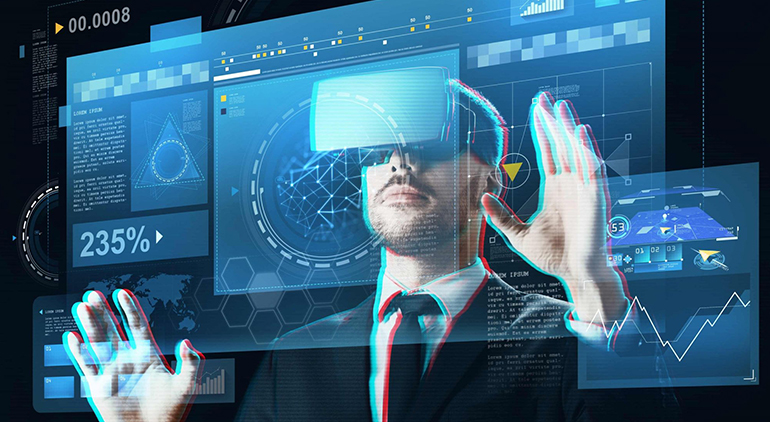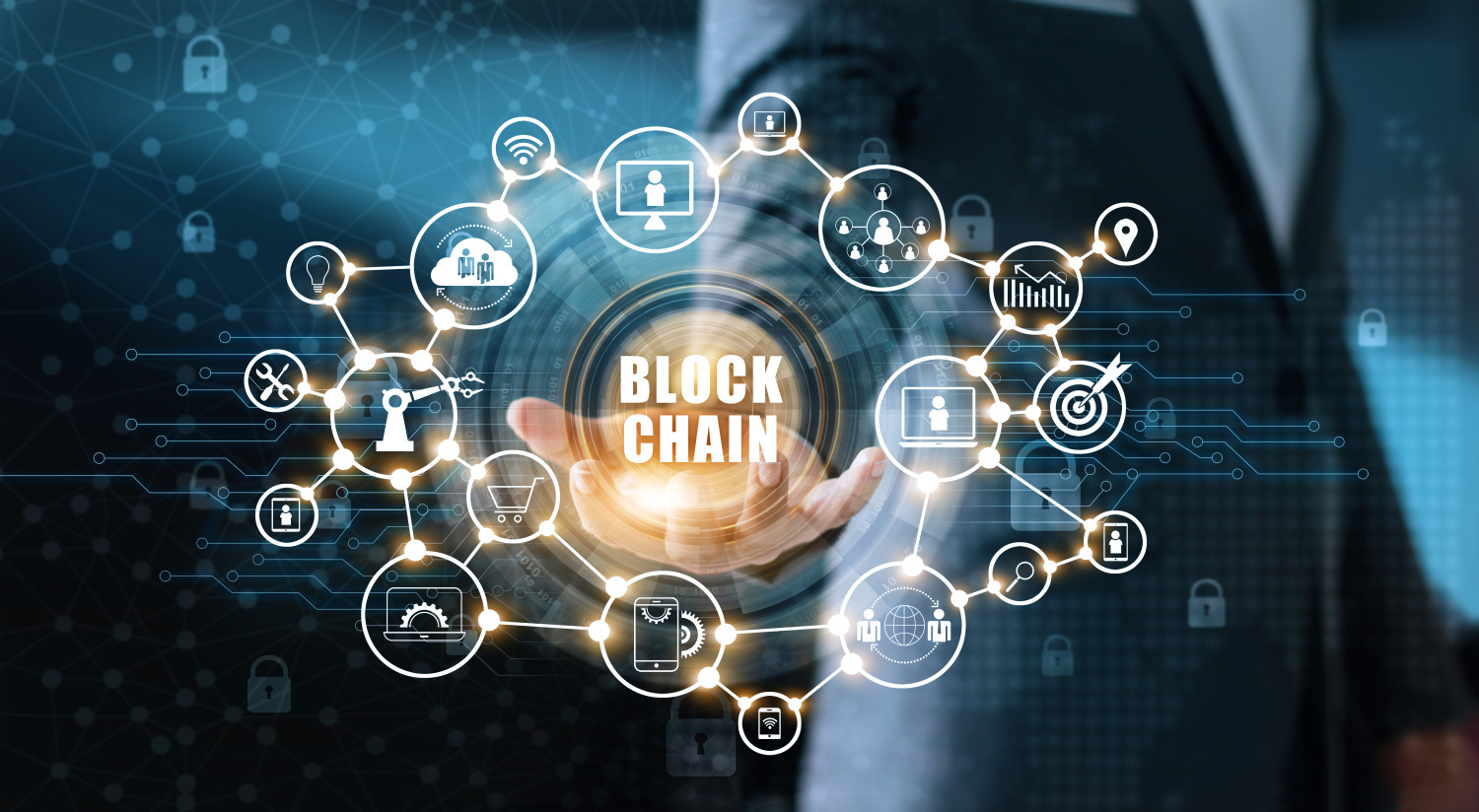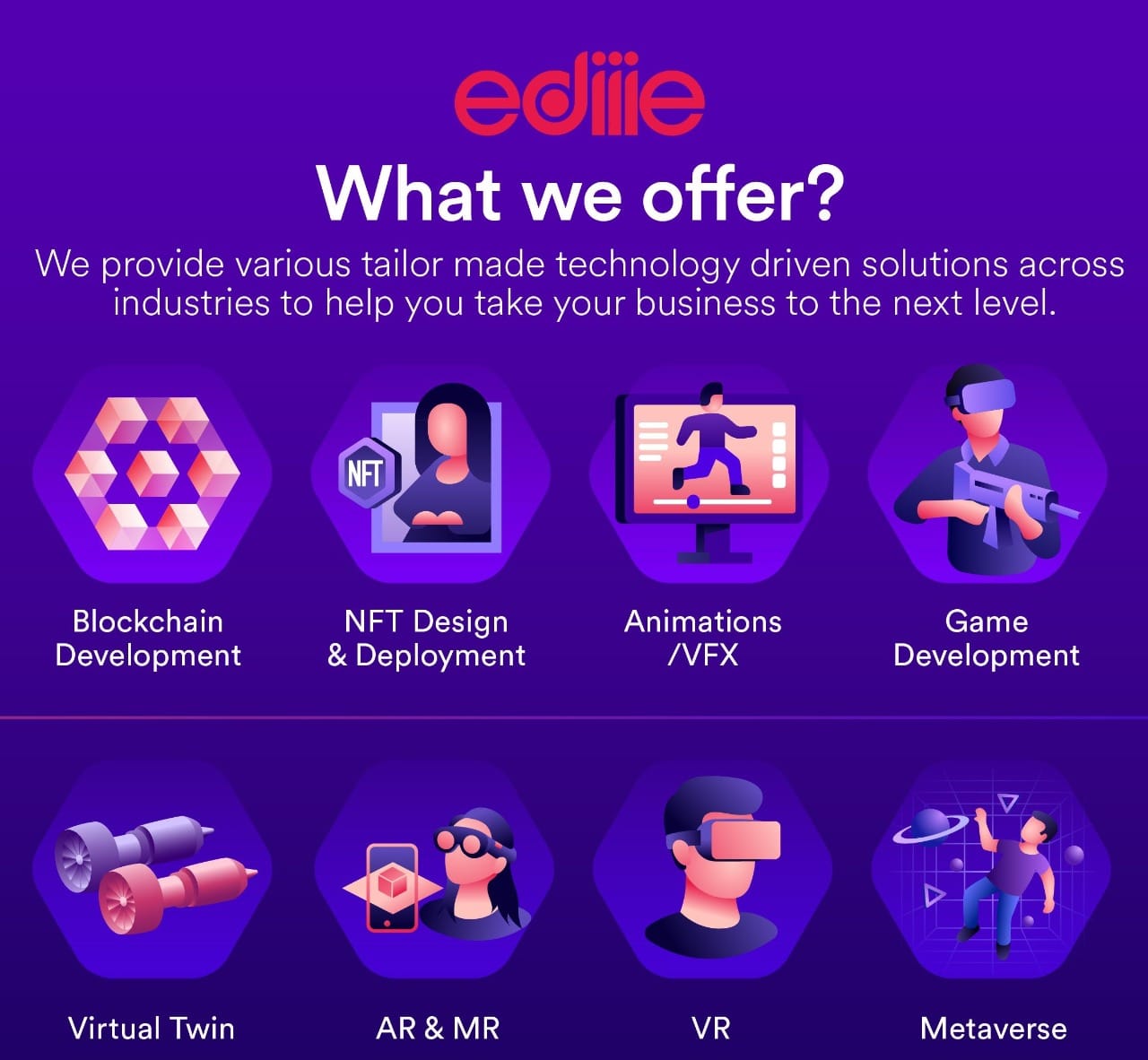Immersive Technology and COVID-19: The Beginning of an Era
When the clock struck midnight on the year 2020,
little did anyone know that more than half of humanity would be in
self-isolation? Billions of people would be forced to stay indoors against
their social instincts. Businesses, no matter how small or big, would be
running from the shelter of everyone’s home.
In short, with the onset of the COVID-19 pandemic, the world has turned upside down. Business and personal productivity has come to a halt, anxiety levels in masses have risen and everything is being viewed from the lens of essential and non-essential.
Amidst the chaos, the need for Immersive technologies like Augmented
Reality, Virtual Reality, and Mixed Reality has surfaced. The notion of ‘new
normal’ has led to a rapid reliance on tools like AR, VR, and MR to fulfill
personal and business obligations. With immersive technologies becoming readily
available and affordable, could this be the beginning of a new era?
The impact of AR, VR, and MR on people post COVID-19
The practical applications of augmented reality, virtual reality, and mixed reality are enough to prove that it is no science fiction. And given the situation that engulfs the world, the time is right to scale these immersive technologies.
Moreover, COVID-19 has provided
enough impetus for the widespread adoption of AR, VR, and MR. Following are the
ways in which Simulation is making a difference to everyday lives.
1. Virtual Shopping
With the pandemic snatching of the physical shopping experience away, AR and VR have successfully created a virtual shopping space. The ‘try before you buy’ concept lives on through an Augmented Reality filter.
This allows shoppers to superimpose 3D products using smartphones and tablets. From fashion to furniture, everything can be shopped for without stepping out of the house. Additionally, Virtual reality solutions for businesses bring to life the concept of virtual trial rooms.
The virtual dressing rooms further help in giving the customer opportunities to try products remotely without going to the physical store. Many studies have proven that 40% of the customers will be ready to pay more when they can experience the product using immersive technology.
2. Immersive learning and Education
The learning process for millions of students globally had come to a standstill due to the social distancing norms. Augmented and Virtual Reality came to their rescue through engaging and immersive learning solutions.
Consequently, not only did classrooms become more interactive and enriching but
also led to a radical shift in how education was imparted. In short, pandemic
or no pandemic, the Immersive technology boom in the education sector is here
to stay and empower the education sector.
3. Immersive Entertainment
Everyone is consuming and exhausting content at a lightning speed during the lockdown. Simultaneously, these content consumers are on the lookout for newer content formats.
The pandemic has witnessed a significant
spike in viewers streaming Virtual reality content and watching 360-degree
videos. Due to it unique ability to transport audiences to a different
dimension, VR in entertainment has witnessed an upswing. Furthermore, this
trend is likely to upsurge post COVID as well.
4. Immersive technology and
healthcare
Immersive technologies like AR, VR, and MR are helping researchers and health professionals in better diagnosis and remedy detection of the deadly diseases and viruses like COVID-19.
Immersive medical solutions have rapidly
gained popularity post the pandemic breakout, enabling the medical fraternity
to gain insights in tacking the disease.
The impact of AR, VR, and MR on businesses post COVID-19
Not only people but businesses have also been hard hit by the crisis generated from the outbreak of the pandemic. Immersive technologies like AR, VR, and MR are coming to the rescue of businesses, by improving efficiency and profitability in the following ways:
1. Remote working
As workplaces adapt to the new normal of remote working, AR, VR solutions have enabled workforces to stay connected. Additionally, immersive technologies are boosting organizational productivity and capability through remote collaborations for operations.
5 mins read only: B2B VR
In operational industries, immersive technologies like MR have made it possible for remote collaborations with experts and technicians. AR, VR, and MR technologies have made it evident that remote working can become a successful reality even post-pandemic.
2. Immersive training for Employees
The technological capabilities of AR, VR, and MR are not just limited to the remote working scenario. Rather, these immersive technologies are also being utilized for virtual and remote training of employees, organizing conferences, and virtual launches.
Being immersed in an artificially
created reality, allows employees to be trained as efficiently as in physical
training. Remote training is a successful concept and has the potential to go
beyond the pandemic crisis.
3. Virtual events
The virtual event is a trend that has caught on extremely fast. Product launches, activations, and awareness campaigns are now being hosted virtually in the presence of thousands of others who virtually engage and interact.
Additionally, tradeshows and events are increasingly incorporating AR, VR, and
MR in their interface.
The Way forward
It would be reasonable to say that the road ahead is not so smooth for
businesses and individuals alike. Furthermore, nothing might ever be the same
again. Therefore, embracing this change and immersive technologies like AR, VR
and MR is the need of the hour.
We at EDIIIE are the experts who can help you ride over this bumpy road. EDIIIE is one of the top virtual reality companies in India. For us, the pandemic was a springboard to double our efforts in creating customized and innovative solutions for all your business needs.
Get in touch
with our experts to experience technology and innovation at its best. This
truly is the beginning of an era.






